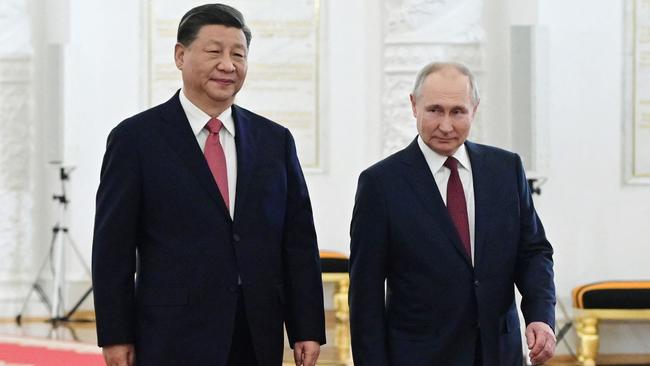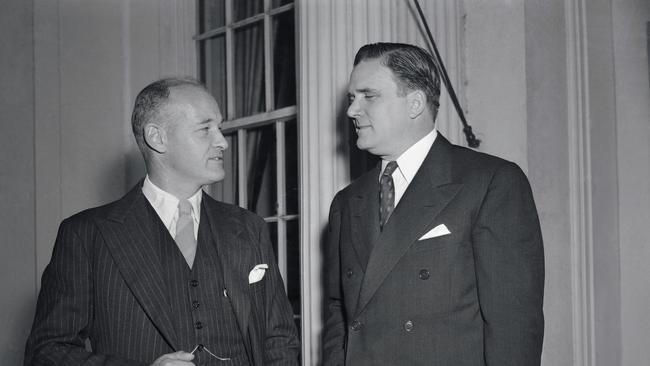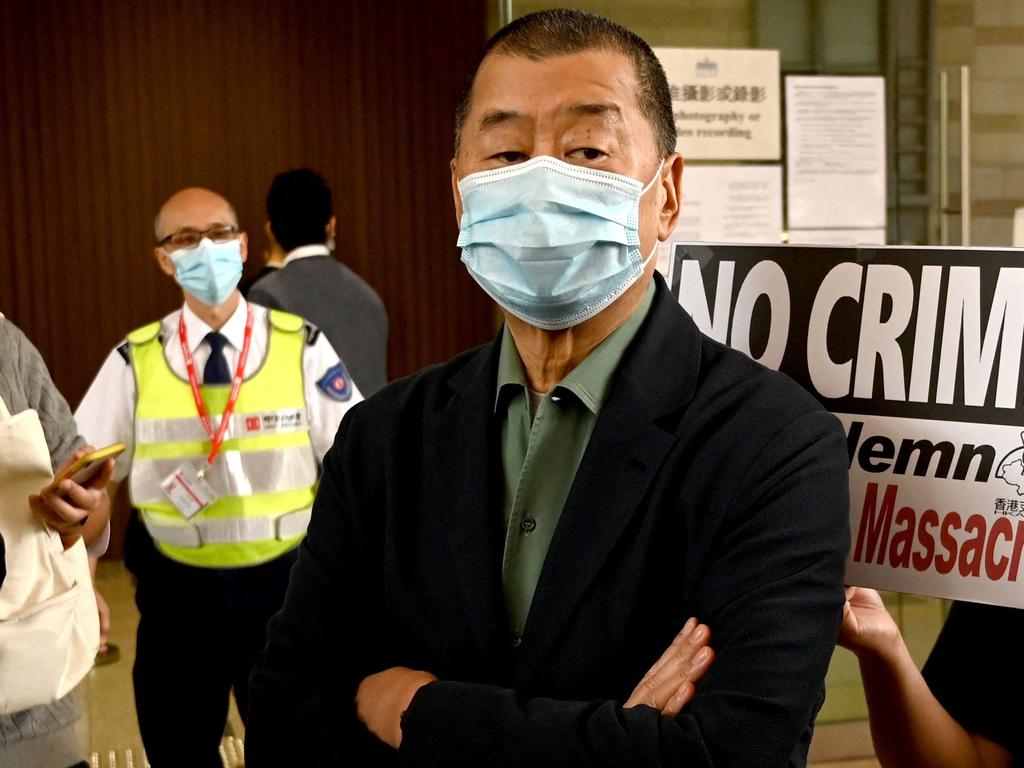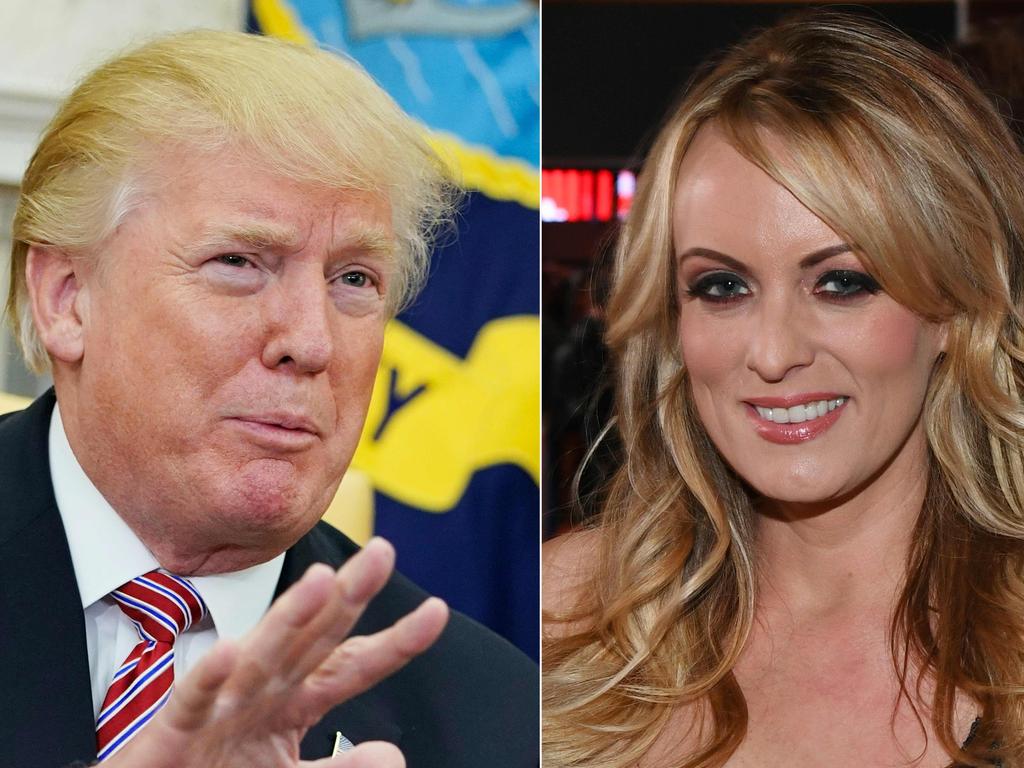Show the West at its best: Cold War II revives lessons from Soviet observer George Kennan
A US diplomat’s secret post-war cable, sent from Moscow in 1946, can help inform our strategy for the emerging Sino-Russo power bloc.

Most observers of the present global cluster crisis agree that the West is attempting, through both military, diplomatic and economic means, to contain Russian and Chinese expansion and limit the capacity of the two informal allies for aggression – and that a new cold war is afoot.
The recent US attempt to stymie Chinese access to advanced chips and semiconductor manufacturing equipment suggests that Cold War Mark 11, though resembling the first as a contest among great powers fought largely at arm’s length, has evolved into a form of total war: sanctions and trade restrictions being just as, if not more, effective as military kit and strategic will.
But at this juncture it’s worth rewinding the clock to remind ourselves of an essential component of the original containment policy, which emerged from a 5363-word “long telegram” sent from Moscow by US diplomat George Kennan on February 22, 1946, to secretary of state James Byrnes – Antony Blinken’s post.
Kennan’s “secret” cable informed his influential 1947 article titled The Sources of Soviet Conduct published in Foreign Affairs – the journal of the post-war US foreign policy establishment – under the pen name of “X”. In this article, Kennan made the first public mention of “containment” as an explicit aim of US foreign policy.
The “main element of any US policy towards the Soviet Union must be that of a long-term, patient but firm and vigilant containment of Russian expansive tendencies”, he wrote.
By the early 1950s China had joined the Soviet Union as the focus of US concern, and containment had become a bifocal strategy.

Kennan, a Princeton graduate with a knowledge of Russian language and history and an observer of Stalin’s murderous Great Purge – then at its peak – was well placed to read the Soviet Union’s internal character and external dynamics. He brought the long view of the historian and the experience of the eyewitness to the task. He peered through layers of Russian history to the age of the tsars; and he looked ahead to anticipate Vladimir Putin and his cronies. In doing so, he provided the tools to understand the main features of post-Soviet society – nationalism, internal repression, expansionism, isolation of the Russian people from the outside world – as part of a deep continuum.
But Kennan’s long telegram is more than an analysis of Soviet society combining an eyewitness focus on current events with the long view of the historian. It’s also a spirited critique of American culture with a defence of its core virtues, and a heartfelt cry for social reform. Kennan wanted America, and by extension the West, to be the best version of itself in order to combat the communist menace. The coming Cold War conflict wasn’t just about nukes and battleships; it was about a society’s strength of character.
Kennan writes: “Much depends on the health and vigour of our own society. World communism is like a malignant parasite which feeds only on diseased tissue. This is the point at which domestic and foreign policies meet. Every courageous and incisive measure to solve internal problems of our own society, to improve self-confidence, discipline, morale and community spirit of our own people, is a diplomatic victory … If we cannot abandon fatalism and indifference in the face of deficiencies in our own society, Moscow will profit.”
This question about the health and vigour of Western society is as much a part of Kennan’s response to communism as his strategic policy of containment. It should be revived as part of the West’s response to the emerging Sino-Russo power bloc undergirded by the Putin-Xi bromance.
What steps can we make to strengthen our democracies to ensure people have faith in elites? To strengthen our economies to ensure that opportunity is extended to all? To fortify the family and civil society – to mend the fissures of social fragmentation?
Action on all these points not only bolsters Western societies, it strengthens their global appeal. “We must formulate and put forward for other nations a much more positive and constructive picture of the sort of world we would like to see than we have put forward in the past,” he wrote.
“It is not enough to urge people to develop political processes similar to our own.”
He goes on to argue that many in the world crave security more than “abstract” freedom.
“We should be better able than the Russians to give them this. And unless we do, the Russians surely will.” The pragmatic point is well made by Kennan. And it deserves to be re-made.
The West, he concludes, “must have the courage and self-confidence to cling to our own methods and conceptions of human society. The greatest danger that can befall us in coping with this problem … is that we shall allow ourselves to become like those with whom we are coping.”
One wonders if Kennan, in the Russian winter of 1946, possessed a crystal ball enabling him to see over the horizon to the day when the American people would elect a fan of a paranoid Russian autocrat into the highest office in the land.
Kennan’s in many ways audacious cable was sent to the US State Department, though its target audience was none other than US President Harry Truman. It had a tangible result. It framed the policy of containment; even if that policy took a more military expression, under Truman, than Kennan anticipated or desired.
But it has much more to offer the curious contemporary reader. It’s an analysis of the perpetual springs of Russian expansionism, with many points that apply equally to China. And it concludes with a powerful call for social renewal – not just military confrontation – in response to the threats posed by a dangerous foreign adversary.
Perhaps Cold War II represents an opportunity, as crises often do, and that it might help us to strengthen and sharpen “self-confidence, morale, discipline and community spirit” – Kennan’s catalogue of virtues – on the whetstone of great power rivalry.
Luke Slattery is a Launceston-based writer, editor and critic.







To join the conversation, please log in. Don't have an account? Register
Join the conversation, you are commenting as Logout